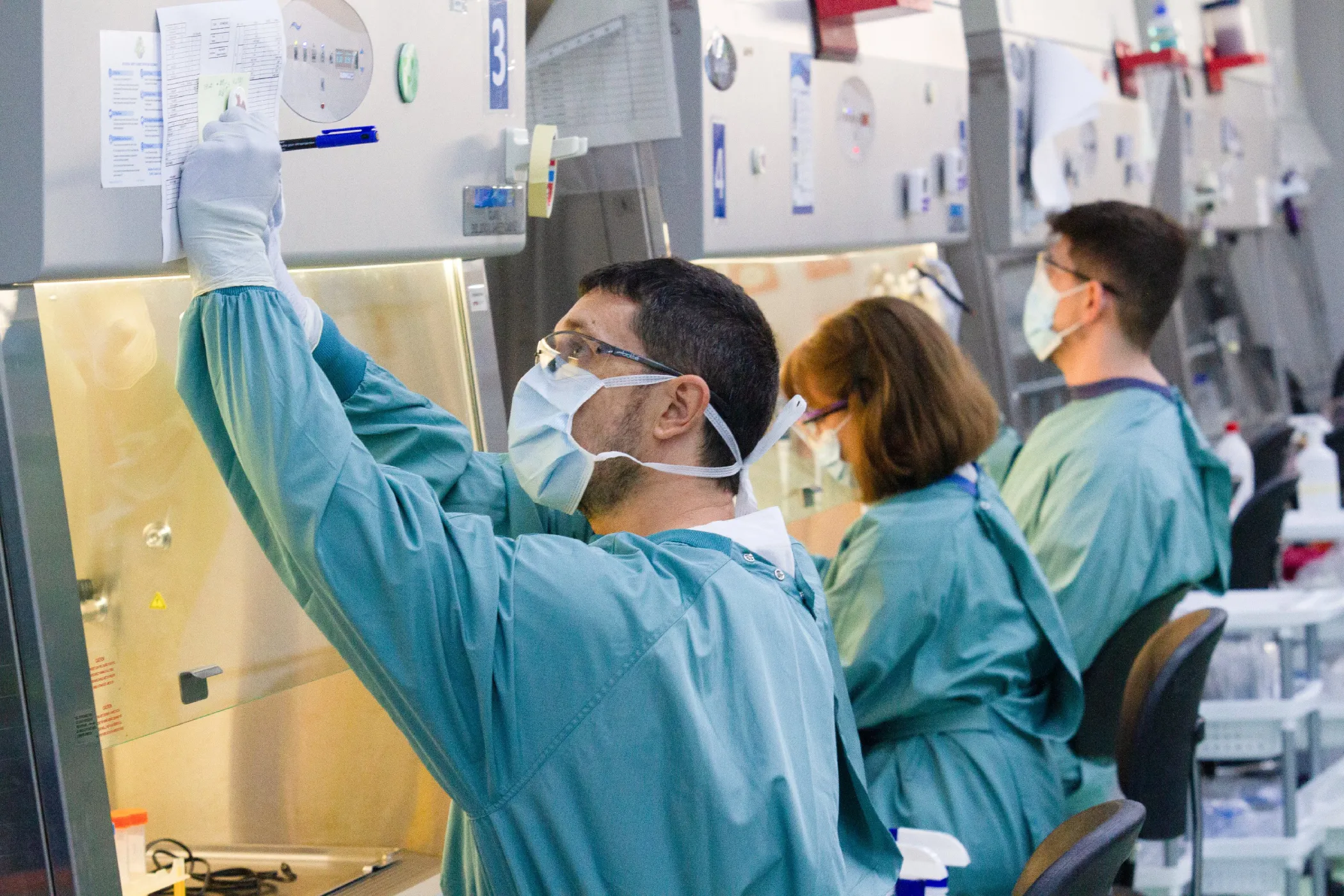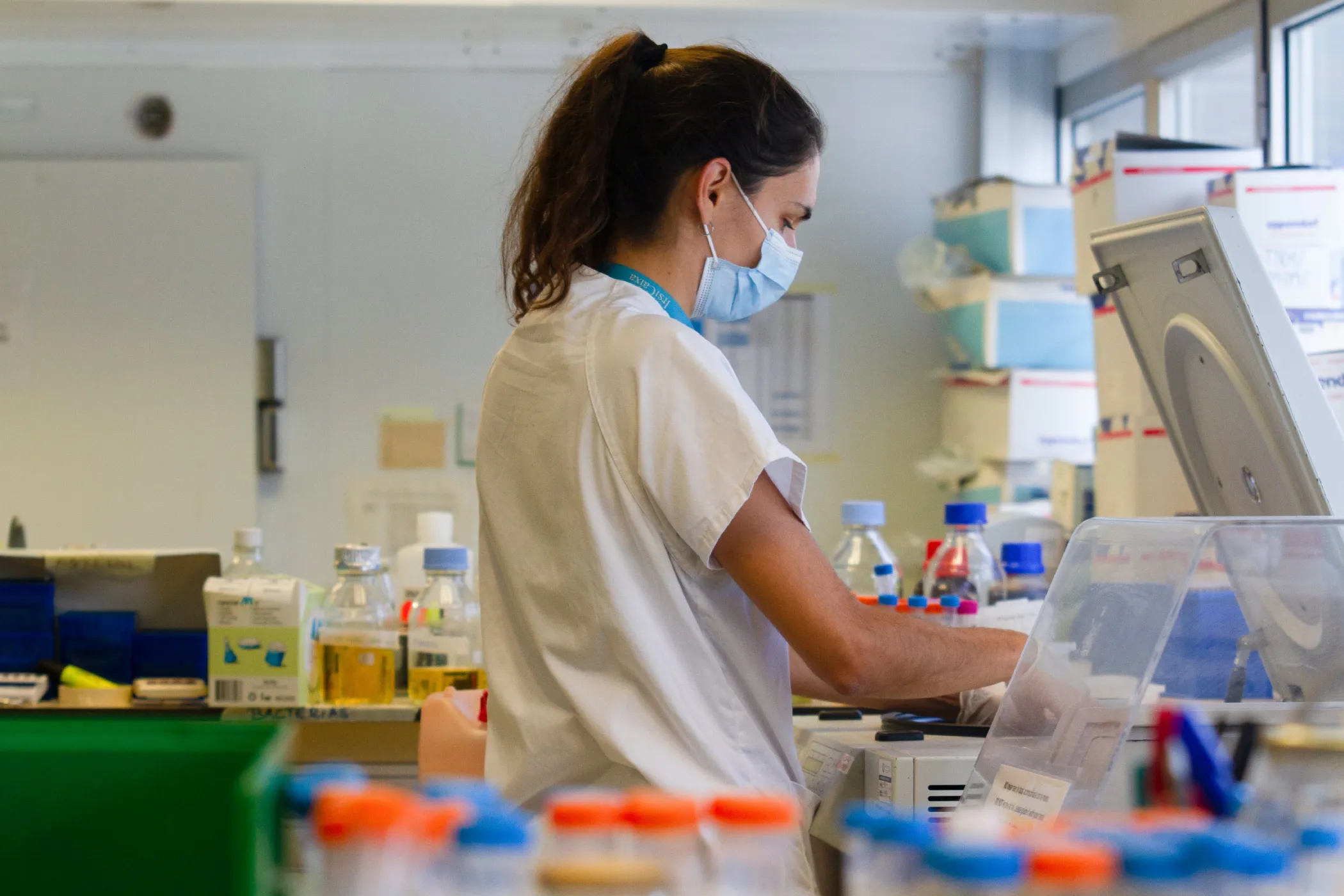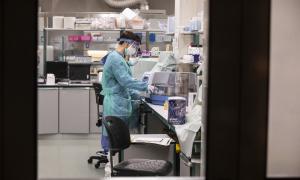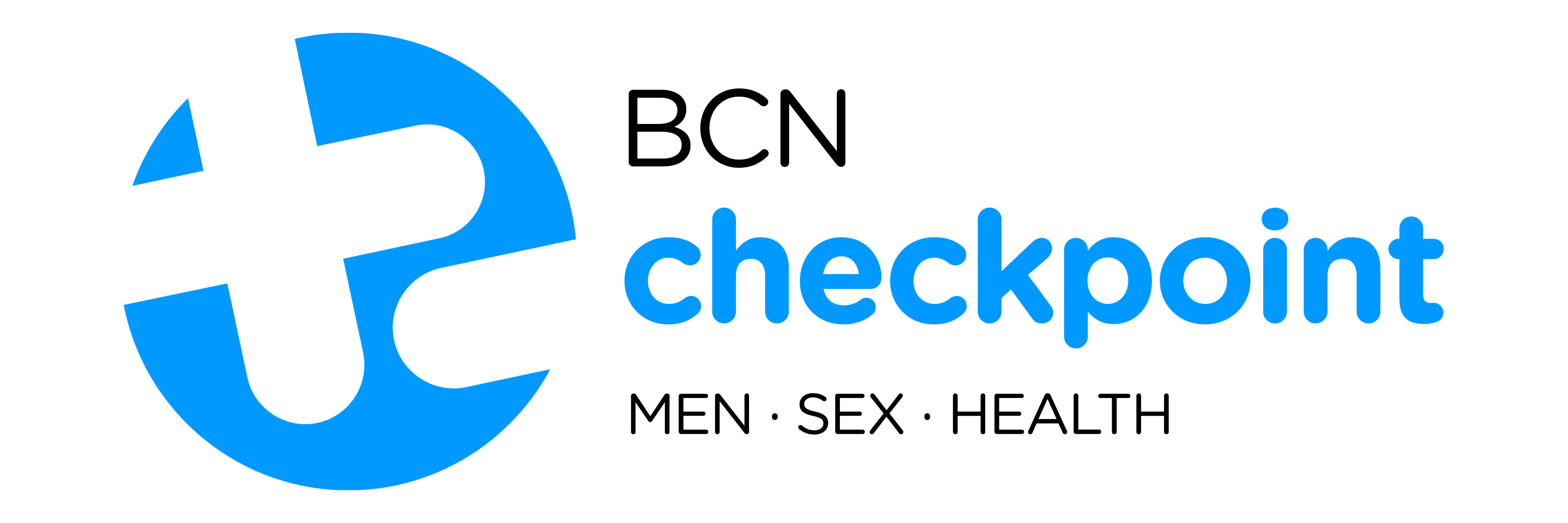Home
The immune system, the focus of our research
The knowledge generated around the immune system allows IrsiCaixa to work in 6 main research areas.
Our numbers
+1200
publications
143
active projects
+120
Professionals
91
theses
29
years of experience
13
partner countries

The road we have traveled since 1981 in HIV research has allowed us to pave other roads and keep taking solid steps against infectious diseases.
Dr. Bonaventura Clotet
IrsiCaixa director
Latest news
- HIVSexually transmitted infections
The WHO presents a new roadmap to combat drug resistance, with the participation of IrsiCaixa researcher Roger Paredes




























